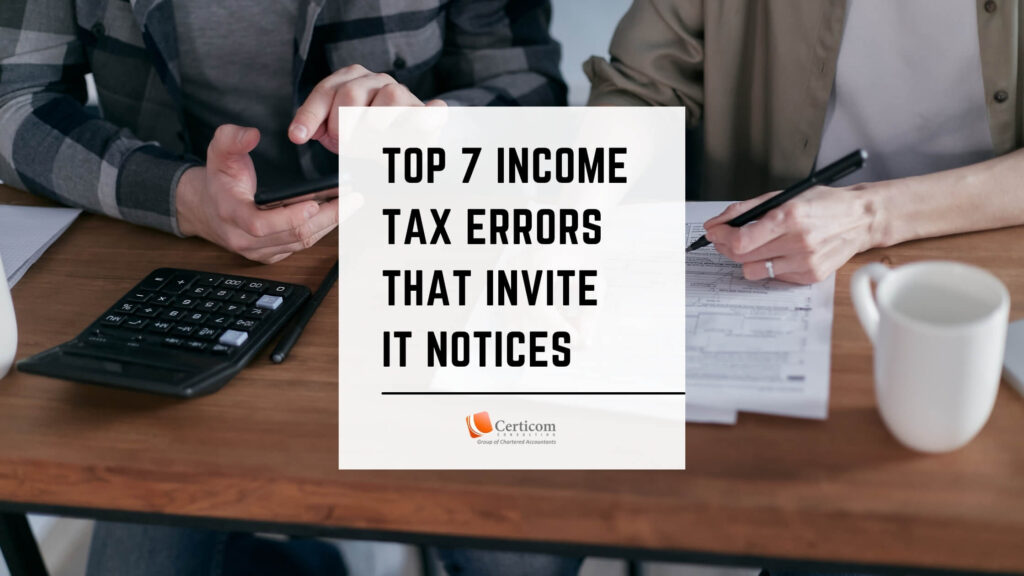Income Tax Return Filing: 5 Key Points for Salaried Individuals

For salaried taxpayers, filing an income tax return is quite simple. Use Form ITR-1 if your income is below ₹50 lakh, coming from salary, house property, family pension, agricultural income (up to ₹5,000), and other sources like interest from bank FDs or investments.
However, ITR-1 does not cover income from business profits, capital gains, income from multiple house properties, or winnings from lotteries and race horses.
5 Key Points for Salaried Individuals
Nature of Employment
When filing an income tax return, the taxpayer should specify their employment type, indicating if they are a central government employee, state government employee, public sector enterprise employee, pensioner, or private sector employee.
Required Documents
To file your income tax return, download the AIS and retain copies of other documents like Form 16, house rent receipts (if applicable), and investment payment premium receipts (if applicable). However, refrain from attaching these documents, such as proof of investment, with your return.
Simply keep them handy in case tax authorities, like during assessment or inquiry, request them.

Tax Already Paid During the Year
Throughout the year, taxpayers settle TDS or TCS (tax collected at source), and these amounts must align with the tax indicated at filing. Verify actual tax paid via AIS (Annual Information Statement) and Form 26AS. In case of discrepancies, reconcile accordingly.
Ensuring Smooth Filing and Refunds
Apart from the current fiscal year (FY24), you can rectify missed filings for the preceding two years. Utilize ITR-U (updated income tax return) for the previous two years’ filings.
Required Documents
To streamline your return filing and refund process, adhere to the following:
A. Ensure your Aadhaar and PAN are linked.
B. Pre-validate the bank account where you wish to receive refunds, as the income tax department transfers refunds directly to bank accounts.
C. Select the appropriate ITR form prior to filing. Incorrect form selection may render the filed return defective, necessitating filing a revised ITR with the correct form.
Related Post
Top 7 Income Tax Errors That Invite IT Notices
Resident’s Guide to Buying NRI Property in India
Book A One To One Consultation Now For FREE
How can we help? *



